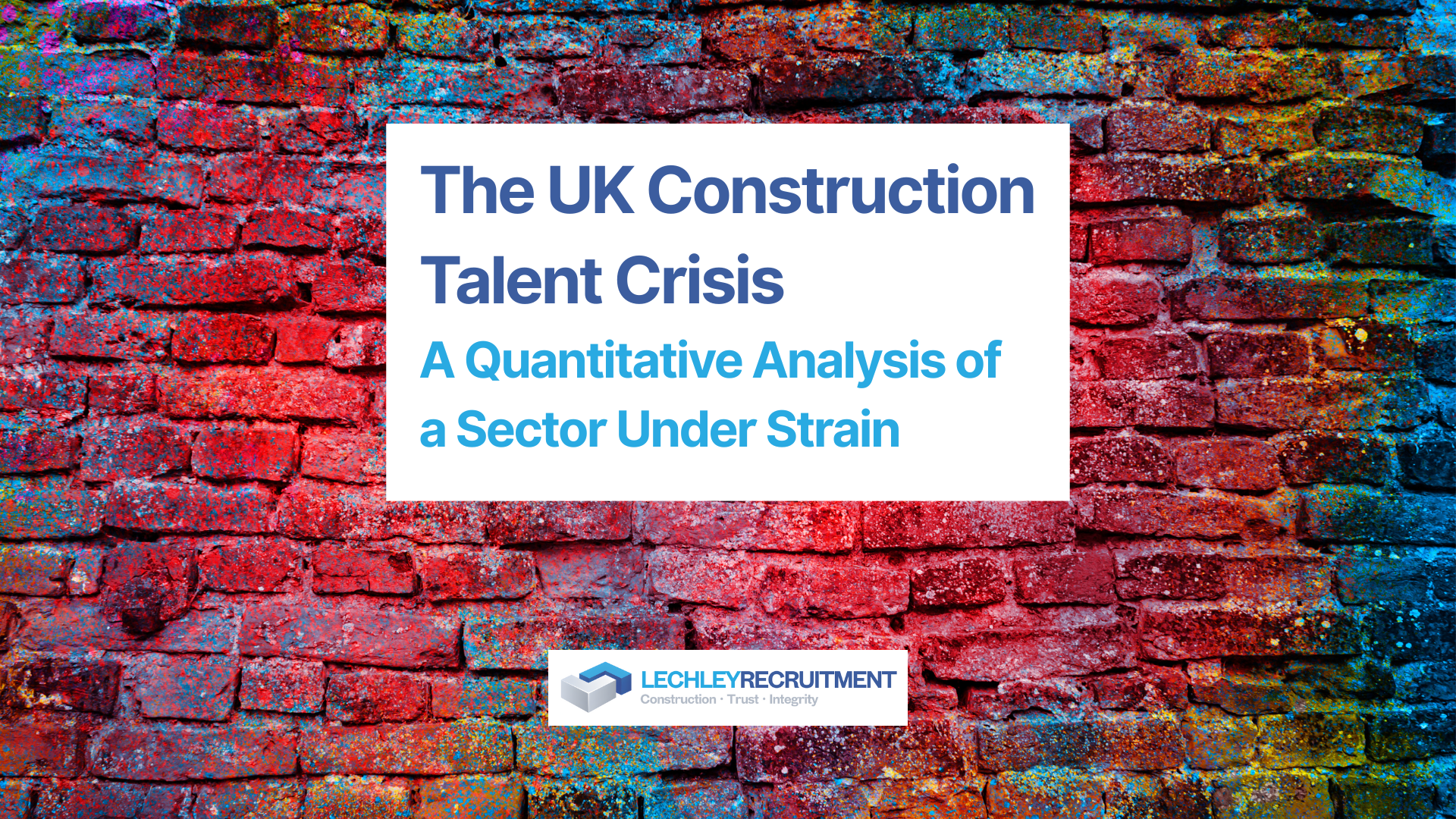Comprehensive Demand Generation Strategy for Search and Selection in the Construction Industry
How we generate demand for our search and selection services

Target Audience Research
To generate demand for our search and selection services in the construction industry, we will begin by researching our target audience. We will focus on understanding the needs, pain points, and desired outcomes of senior staff within construction companies. This research will involve:
1. Analysing market trends and industry reports
2. Conducting interviews and surveys among our target audience
3. Monitoring groups, forums, and social media channels where industry professionals share their experiences and challenges
Customer Personas
We will create detailed customer personas, focusing on senior staff within construction companies. These personas will help us better understand our audience and create marketing messages that resonate. We will include the following:
1. Demographics: Age, location, and job role
2. Professional goals and challenges
3. Preferred sources for information and networking
4. Pain points when it comes to hiring talent in the construction industry
Target Audience Research & Personas
Our target audience consists of senior staff within the construction industry, including CEOs, Board Members, HR Directors, and Project Directors To understand their needs, pain points, and desired outcomes, we will conduct interviews, surveys, and analyse existing data derived from similar clients.
As an example, please see an example outline for two personas who are at the forefront of the process for the client.
Persona 1: CEO / Managing Director
- Priorities: Business growth, profitability, and maintaining a strong reputation in the industry
- Pain Points: Difficulty finding and retaining top talent, stagnation in the company's development and projects, overcoming increased competition
- Desired Outcomes: A reliable and efficient search and selection process for highly-skilled professionals suited for their company's needs
Persona 2: HR Manager
- Priorities: Increasing employee satisfaction and retention, reducing recruitment costs, building a highly-skilled workforce
- Pain Points: Inefficient talent sourcing methods, high employee turnover, lengthy and expensive hiring processes
- Desired Outcomes: An easy-to-implement and affordable search and selection system to attract the best talent in the UK construction industry
Multi-Channel Approach
Once we understand our target audience, we will develop a multi-channel approach, including:
Email Marketing: Send targeted emails to potential clients, highlighting our value proposition and sharing success stories of helping leading construction companies find top talent, even in remote locations like Antarctica (placements have been made in all Continents!).
Social Media: Establish a strong presence on LinkedIn, Twitter, and Instagram to engage with industry professionals, share valuable content, promote our services, and showcase company culture.
Content Marketing: Create insightful articles, whitepapers, webinars, and infographics addressing both hiring and retention challenges in the construction industry. Distribute this content across social platforms and through strategic partnerships with industry publications.
Advertising: Run targeted ads across platforms like LinkedIn, Google Ads, and niche industry job boards to increase visibility and promote our services.
Key Performance Indicators (KPIs)
We will track progress using the following KPIs:
1. Website traffic and conversions (leads generated)
2. Email open and click-through rates
3. Social media engagement (likes, shares, comments) and follower growth
4. Content performance (views, downloads, and backlinks)
5. Ad campaign success in terms of clicks, conversions, and return on investment
Tools and Technologies
- To enhance our campaign's effectiveness, we will explore new tools and technologies, such as:
- Marketing automation tools for effective email and SMS campaigns
- Social media management tools for streamlined posting and engagement tracking
- Analytics platforms to monitor and visualize campaign performance
- AI-driven tools for better ad targeting and programmatic advertising.
Budget and Timeline
We will allocate a budget and timeline for each marketing channel and content production. The budget allocation should consider both immediate priorities and long-term growth, considering the costs associated with each marketing tactic.
We will work closely with our sales team to create a feedback loop, allowing continuous optimization of marketing efforts based on real-time performance data and customer feedback.
To kickstart our demand generation strategy and discover how we can help your company attract and retain the best talent in the construction industry, schedule a time for a consultation today.





